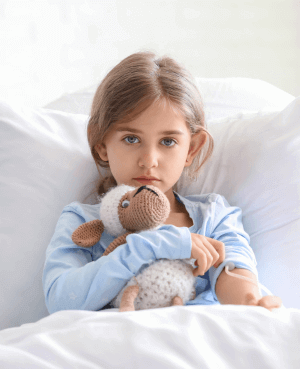Welcome to
the blog!
Delve into the transformative power of storytelling across the spectrum of parenthood, identity, and navigating life’s challenges.
read the full post ⟶

featured post

No one prepares you for hearing that your child is sick. Navigating a child’s harrowing medical diagnosis is often one of the hardest things a parent can go through. Today, we talk with a mother who has walked this path, and how she found a way to redefine her narrative in order to diminish her […]
keep reading ⟶

An exploration of healing trauma through presence, connection, and self-awareness. Joining me to take us on this journey of discovery is licensed clinical psychologist Dr. Jacob Ham. Dr. Ham will offer listeners a deeper understanding of trauma’s impact on a person’s neurobiology and their interpretation of the world around them, while emphasizing the importance of our relationships as a means of healing.
keep reading ⟶

Discover how being self-aware and intentional in your actions can shape your children’s emotional resilience! Joining me today is licensed clinical social worker and the author of 13 Things Mentally Strong Parents Don’t Do, Amy Morin.